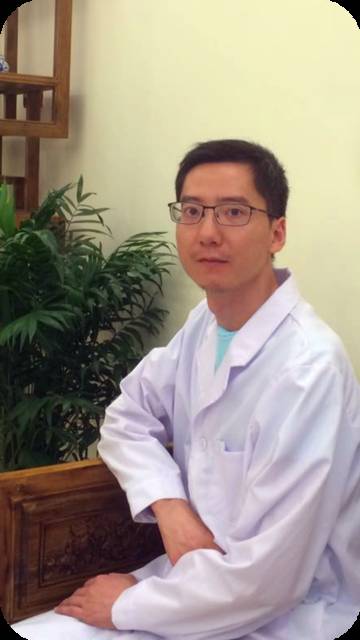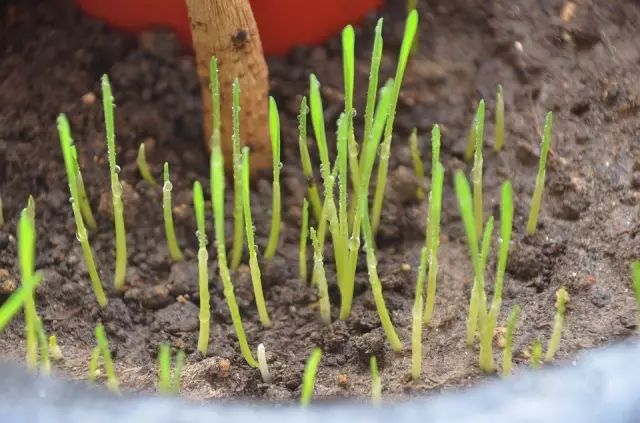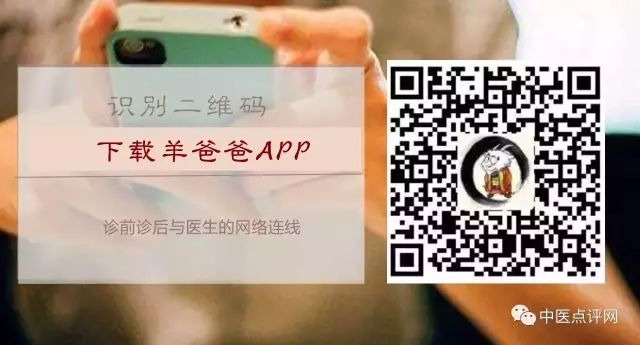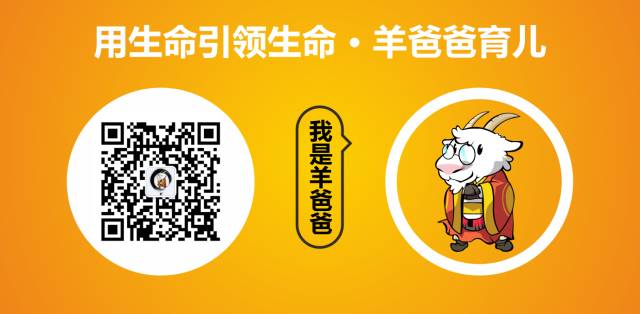
Author: Chen Xiaobing
Master of Traditional Chinese Medicine, began learning at 16, later self-studied and entered Chengdu University of Traditional Chinese Medicine, studied under Professor Yang Yu, a doctoral supervisor, and obtained a master’s degree in clinical basic medicine of TCM, with nearly twenty years of experience in TCM.
Especially skilled in TCM pediatrics: external pathogens in children, cough, indigestion. TCM internal medicine: chronic bronchitis, pulmonary heart disease, coronary heart disease, acute and chronic gastritis, rheumatic pain and numbness, bone hyperplasia.
Scan the QR code at the end of the article to download the APP and consult him.
In clinical practice, I encounter many eager-to-learn mothers! As the first observers of their children, they can observe the entire process of certain symptoms, and attentive mothers can describe the condition and issues comprehensively when seeking medical advice, which is a great thing.
Most children’s issues are related to the spleen and stomach and external pathogens.
Pediatric conditions differ from other departments; excluding some congenital developmental issues, most are related to the spleen and stomach and external pathogens! Children are in a growth phase, their bodies are tender and full of vitality, and systemic diseases seen in adults are almost non-existent! Conditions like gastric diseases, cardiovascular issues, and bone and joint problems are rare!
Therefore, traditional medicine summarizes children’s constitution as:
Pure Yang body (vibrant),
Juvenile Yin and Yang (tender and vital).
The tender nature determines that:
Even slight excesses can lead to illness, such as cold exposure causing respiratory reactions, or overeating leading to excessive burden on the stomach and intestines. Also, due to their tender bodies, if external pathogens or internal factors are not eliminated, it can easily harm the righteous Qi, deepening the symptoms in the organs. However, because they are vibrant, as long as the pathogenic factors are removed, their bodies can recover quickly!
Many mothers should know this, but I still want to emphasize it because it is the most fundamental basis! For example, repeated coughs in children, even wheezing, only a small portion will develop into asthma as they grow older (many children have asthma when young but outgrow it), which is the effect of growth Qi. As they age, their organs strengthen and improve, many will self-heal, and only a small portion will remain, often due to incorrect lifestyle habits or inappropriate treatments!
As for whether there is correct treatment or habits, and asthma still occurs, it is not convenient to comment, perhaps there are still some!

Children today are more sensitive than in the past.
Now, the number of children with allergic constitutions is increasing! In the past, it was not common; generally, a child’s cough would resolve in a few days, but now more children have persistent coughs! This undoubtedly indicates that children’s constitutions have changed!
Children cannot express their symptoms; usually, parents describe them! Descriptions can only clarify external manifestations, such as fever, cough, runny nose, and stool, and since children’s constitutions are weak and change rapidly, this complicates TCM diagnostic assessments!
For example, a child may feel cold, then hot, then cold again after a few days!
Some mothers may initially see it as a cold syndrome and then use cold-reducing medicine! As a result, they see no improvement and feel a deep sense of helplessness!
Due to children’s tender constitutions, medication should not be too warming or bitterly cold.
No matter the cold or heat, my view is that due to children’s tender constitutions, medication should not be too warming or bitterly cold. Additionally, the nature of the herbs matters; not all warming herbs should be avoided, for example, Ma Huang (Ephedra), although warming, can open the skin and promote water metabolism, thus it does not dry out the body! Only herbs that are very warming or very cooling, but not dispersing, should be used sparingly! Or Huang Qin (Scutellaria), although bitter and cold, acts on the upper jiao, so it does not harm the stomach, while for example, Pu Gong Ying (Dandelion), which clears heat and acts internally, I generally use it very rarely!
Therefore, many mothers see a cold syndrome and use warming medicine but see no improvement!
This is actually due to not clarifying some key details!
For example, when a cold syndrome transforms into a Yangming heat syndrome, the Treatise on Cold Damage uses Bai Hu Tang (White Tiger Decoction) for channel syndrome and Da Cheng Qi Tang (Major Order the Qi Decoction) for organ syndrome. However, mothers may feel that Shi Gao (Gypsum) is too cold! In fact, Shi Gao is cold precisely to counteract internal heat; the so-called “treat the disease with the disease!” The appropriate dosage will not harm the spleen and stomach, or after the illness, the body will recover quickly! Or after recovery, nourishing the spleen and stomach will not affect the body! The concern is about excessive dosage or prolonged use!
What to do when there is both cold and heat?
To summarize cold and heat syndromes: although sometimes both may be present.
First, observe the initial symptoms
Second, observe the most obvious symptoms
For example, if there is a runny nose, nasal congestion! But there is also a high fever, initially feeling cold but quickly feeling hot, and poor spirit! If it is summer, consider whether it is a warm disease syndrome. Sometimes the tongue coating is slightly red, but if there is persistent nasal congestion, clear nasal discharge, cough, and throat itch without other obvious heat symptoms, it should be considered a cold!
Runny nose (clear nasal discharge indicates cold syndrome; if it becomes thick, it indicates heat; initially, thick nasal discharge is mostly heat)
Cough (generally, dry cough or choking cough without high fever indicates cold syndrome; if accompanied by high fever, it is mostly heat syndrome or cold transforming into heat syndrome) White foamy sputum is mostly cold syndrome; yellow sputum is mostly heat syndrome, but still note that initially it is white sputum, later it is yellow sputum, indicating cold transforming into heat.
Fever (cold syndrome fever generally lasts a short time, usually subsiding in one or two days, body temperature is not high or relatively high, but rarely exceeds high fever, with obvious cold sensitivity, generally using or not using medication, sweating will reduce the heat; heat syndrome generally has higher body temperature, longer duration, poor spirit, and the effect of medication is not obvious, or the fever subsides but then starts again!
Tongue coating, thin white coating indicates cold; yellow thick coating indicates heat, if cold syndrome is obvious, a red tongue coating indicates cold accumulation transforming into heat or pre-existing heat in the body, or it may be that cold accumulation has long transformed into heat, then combined with external pathogens!
Another factor is the season: In summer, dampness and heat are prevalent, but there are also cold syndromes; however, summer cold syndromes often accompany damp heat. In winter, cold syndromes are prevalent, spring has both cold and heat, and many cases of cold transforming into heat, while autumn has both cold and heat, with more dryness.
In fact, I have only roughly categorized the above; many situations require specific analysis! There are also many cases that are not categorized! Parents should best discuss with doctors before determining treatment.
Text: Chen Xiaobing
Editor: Guo Shala
Related Reading
Check the cold and heat of the disease before buying medicine, as I said.
How to determine if a child has stagnation
For more questions
Scan the QR code below to download the APP and consult the author



